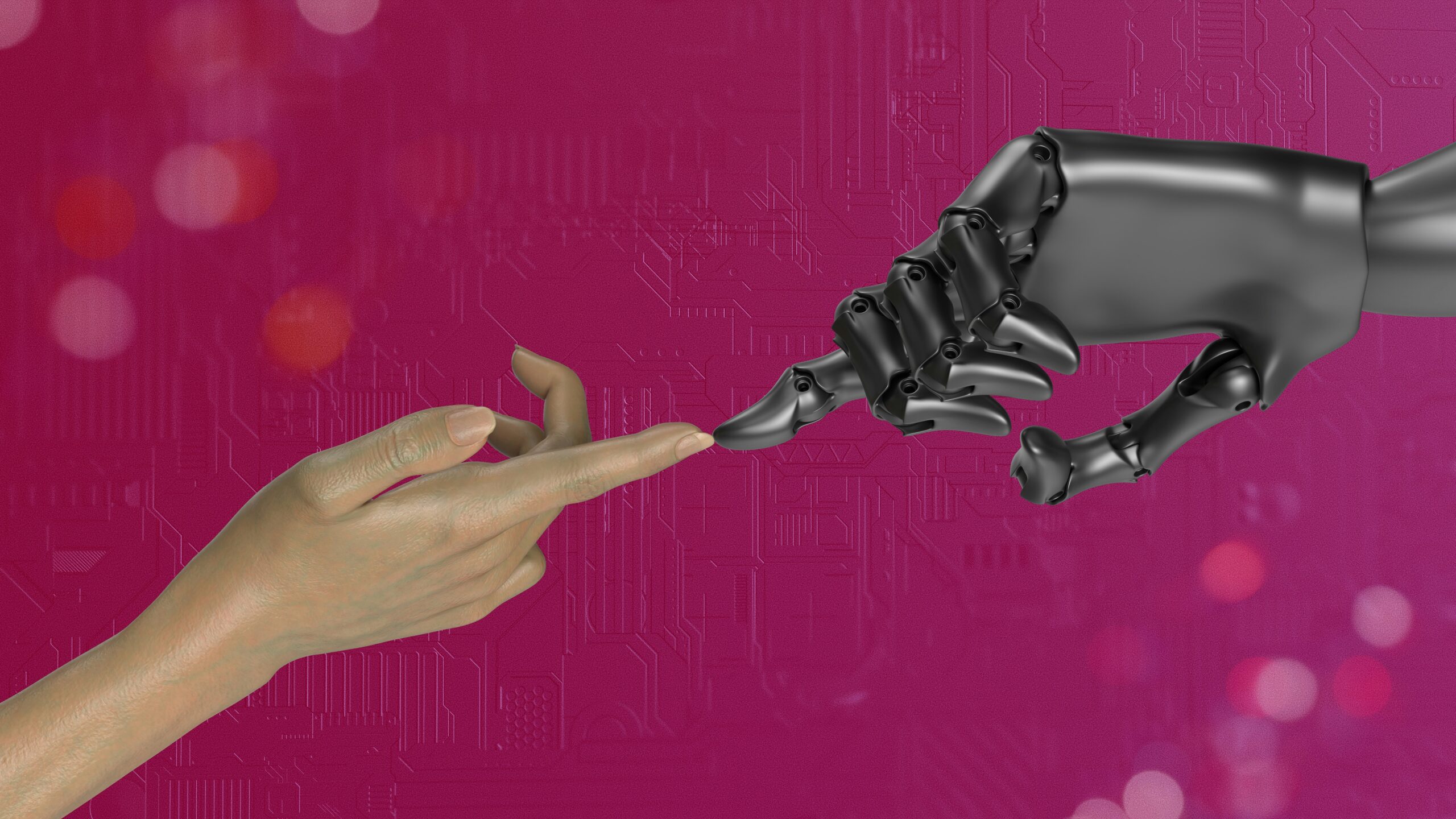For as long as stories have existed, people have wanted their characters to talk back. Imagine how exciting it would be if you could create character AI and ask Sherlock Holmes about his feelings for Dr. Watson, or to converse with a pirate of the future who recited poetry during battle.
Programming AI characters is another way to get closer to that dream. You discuss them, rather than read about them or watch them. You shape them. You watch them evolve. The page or screen dissolves, and you find yourself face to face with someone who exists only because you made them up.
A Playground for the Imagination
When you create an AI character, you’re not so much programming as you are creating a world. It seems to be more like drawing or creating a sculpture than just typing a few lines of code.
Each little piece of it (tone of voice, fashion of fun, character eccentricities) is a brushstroke. In the mood for a sardonic medieval knight who cloaks his desire to write haikus? Or a smiley robotic barista that chips in with life tips, together with lattes? It can be anything, and every creature has its creative sport.
The addictive element of this act of creation is that the characters do not stand still. They show back-talk, take you by surprise, and even go against the very things you gave them. It is that volatility that causes them to feel more alive than any lines on a script could.
Why People Create AI Characters?
Here’s where motivations become as varied as the characters themselves. People dive into AI character creation for many reasons:
- Storytelling sparks: Writers use AI characters to co-create dialogue, test out scenes, or flesh out characters that otherwise live only in their notebooks.
- Companionship: For some, building an AI character provides a sense of presence, a digital friend who always has time to listen or joke.
- Learning and growth: Students can invent AI tutors who explain quantum physics in pirate slang or teach history as if it were a campfire story.
- Role-playing and entertainment: Gamers and fans craft AI characters to extend their favorite universes or to create entirely new adventures with friends.
These reasons may sound whimsical, but they show how AI characters weave utility, creativity, and human connection into something remarkably fluid.
A Mirror That Talks Back
Perhaps the most interesting thing about developing AI characters is how they personify their developers. Create an artificial intelligenceHero and you may find your concealed optimism. Mold a petulant philosopher, and you could find yourself saying that you dwell on big questions a great deal.
Contrary to other kinds of art, where the creation waits in silent contemplation, with AI characters, you are stared back at sometimes teasingly, sometimes intensely.
Such an interactive mirror can turn out to be a self-understanding tool. The dialogue with your creation will encourage new thinking or reveal a feeling that one does not expect, or even perhaps point out a way of thinking one has never noticed.
Education Through Characters
Teachers are already testing AI companions in the educational process. Imagine a lesson in which learners interrogate Julius Caesar, debate a make-believe alien scientist, or speak Spanish with a medieval Spanish AI merchant. The template renders rote into life experience.
Learners do not learn about ideas of history or science through passive reading, but instead, they interact with personalities based on these approaches. It is a transition in terms of studying the text to talking about knowledge itself.
It makes education a case of storytelling by creating such characters and making the lessons stick in a manner that textbooks often are unable to.
Emotional Depth in a Digital World
We are in times when feelings of loneliness and digital isolation tend to go hand in hand. Well-developed AI characters provide a different type of interaction. They are not friends of people, but they can add pleasant colors to them, thereby giving free rein to anger, giving free rein to emotions or simply laughing at a stupid joke.
It is a fine point here. You can develop enough relationships with an AI character to feel like it is something real enough to make you feel at ease, but the fact remains that you are always aware that it is created.
It is that mixture of the real and simulated that renders the relationship strange: neither human nor machine, but in-between.
Expanding the Boundaries of Storytelling
Each time an AI character is developed, the frontiers of storytelling are stretched. The narrative does not flow like a straight line anymore but takes twists, turns, and changes with every engagement.
A reader is not a mere consumer, but also a co-author. The novel itself is moving, as it is played on the shoulders of characters who never tire of improvisation.
This is an enlargement that is greater than entertainment. It is the first medium that introduces interactivity, and the interactivity is not restricted to video games or choose-your-adventure novels. It is rather a conversation of human imagination and digital creativity.
Sharing is one of the pleasures of making AI characters. Societies of makers design, combine, and reincarnate the creations of others, and intertwine them in broader worlds.
Your cranky philosopher may encounter another optimistic adventurer of another person, and there can arise discussions that you would never have imagined.
It becomes wealthier upon the arrival of each new voice, personality, and narrative, building a tapestry that none of the members of the world could create on his or her own. To be involved in it is to become an addition to a living, breathing network of creation.

